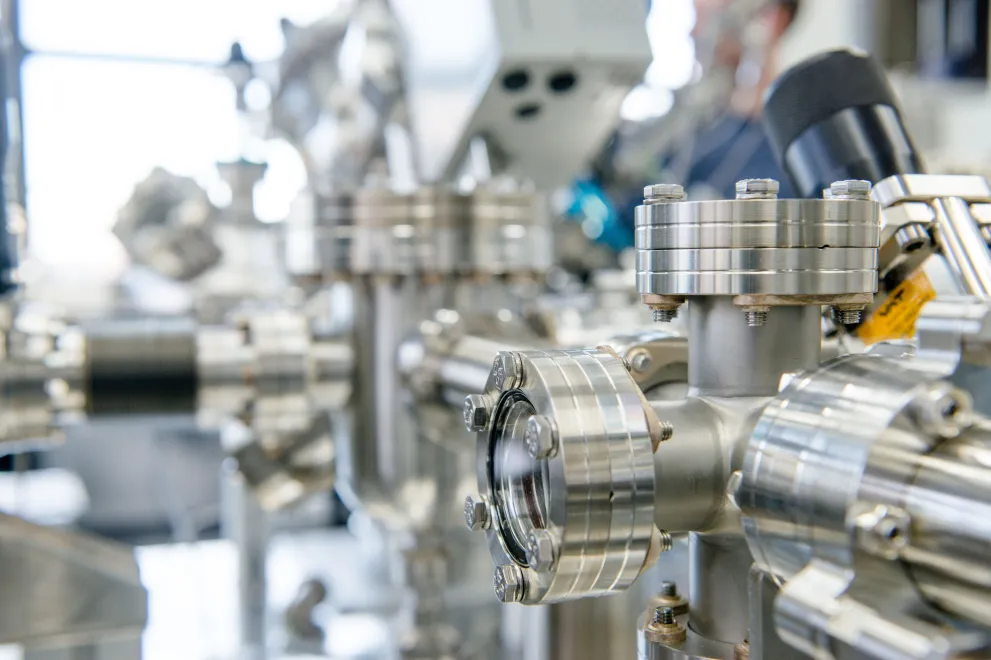
ERC Consolidator Grant 2017
Getting Nanoparticle Catalysts Into Shape
The aim of the project OPERANDOCAT of Beatriz Roldan-Cuenya is to gain new insights into the catalytic abilities of nanoparticles, particularly how the size, shape and chemical state of the particles change during a catalytic reaction.
Tiny metal particles, just 1 to 50 nanometres large, can be used as catalysts for various reactions. Numerous parameters influence the catalytic activity of the nanoparticles: their size and shape, the support material to which the particles are bound, the environment, and the chemical state of the particles, i.e., for instance, whether they are present as a pure metal or as an oxide.
Little is currently understood about the role of particle shape; what’s more, the aforementioned parameters can also influence each other. Beatriz Roldán Cuenya would like to understand in detail how the geometric and electronic properties of the nanoparticles determine their catalytic activity. This would make it possible to specifically design catalysts with the best possible efficiency.
The research in Bochum as part of the ERC grant focuses on catalysts for two chemical reactions that convert carbon dioxide into useful substances. In doing so, the scientists use the same nanoparticle catalysts for two very different kinds of reaction: the first takes place in the gas phase under high pressure (reduction of carbon dioxide with hydrogen), the second in the liquid phase under potential control (electrochemical reduction of carbon dioxide). The aim is to increase the efficiency of these reactions, for instance by reducing the amount of unwanted by-products.
The grant "In situ and Operando Nanocatalysis: Size, Shape and Chemical State Effects" amounts to 2 million euros. The project starts in 2017.
(The grantee has in the meantime moved to another research institution.)
